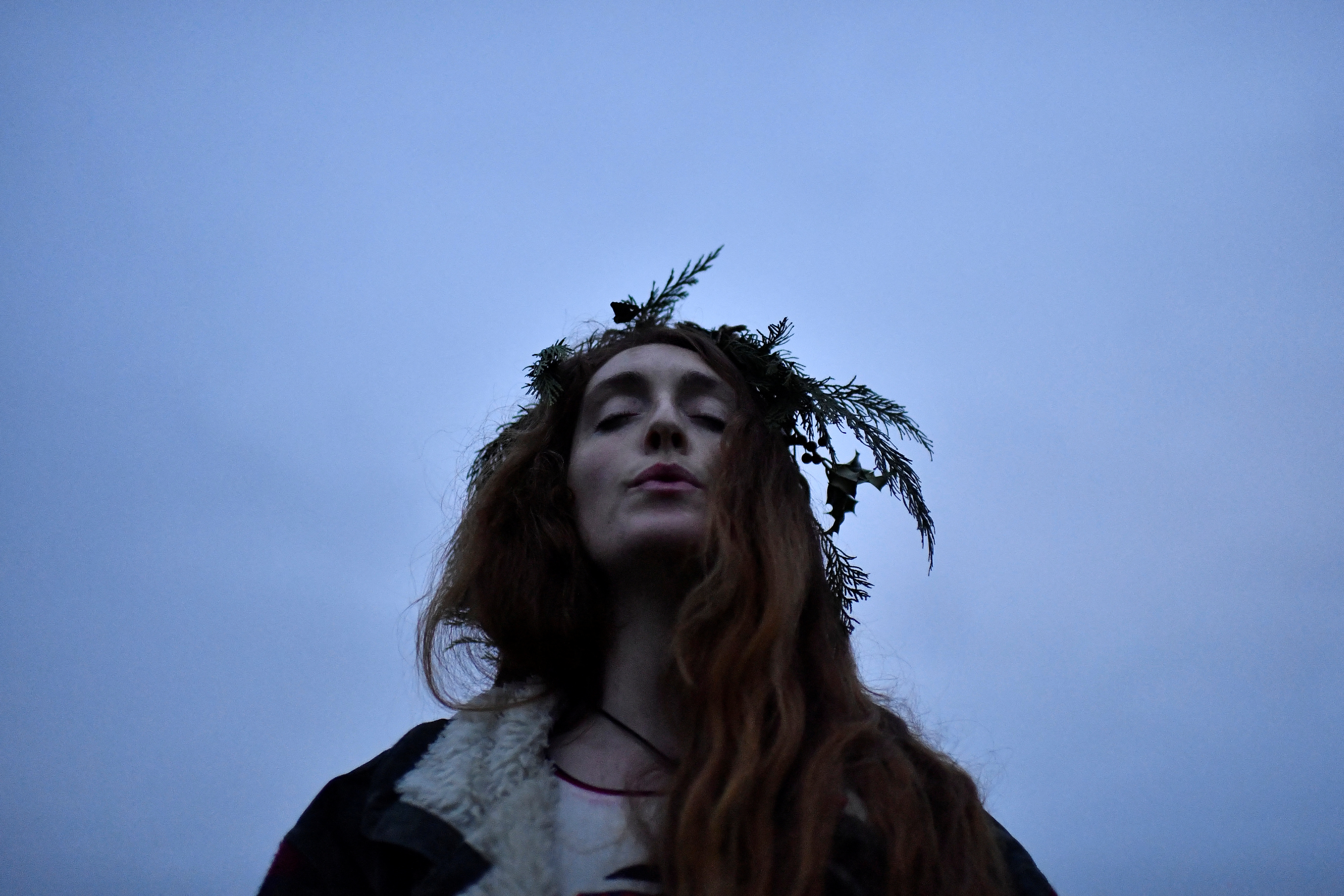
Revellers enjoy the sunrise as they welcome the winter solstice at the 5,000-year-old stone age passage tomb of Newgrange in Ireland. Clodagh Kilcoyne/Reuters
Revellers enjoy the sunrise as they welcome the winter solstice at the 5,000-year-old stone age passage tomb of Newgrange in Ireland. Clodagh Kilcoyne/Reuters
All across the Northern hemisphere, festivals are held as we celebrate the winter solstice, the shortest day of the year.
The solstice is when either of the Earth's poles reaches its maximum tilt away from the Sun, causing the shortest day of the year in the Northern hemisphere and the longest day of the year in the Southern hemisphere. This takes normally place on 21 December.
READ MORE:
Exclusive interview: WHO Europe chief Hans Kluge
I'm dreaming of a green Christmas...
Shanghai's economy 'to overtake London by 2040'
The winter solstice doesn't coincide with the latest sunrise or the earliest sunset. That usually takes place about two weeks before and two weeks after the solstice.
The winter solstice is also considered to be the peak of the season as we start to look toward spring in the new year. There are many traditional festivals and rituals linked to the solstice.
Observers of the solstice flock to ancient sites like Stonehenge in England and Newgrange in Ireland often celebrating the imminent return of the sun and rebirth.
Source(s): Reuters

